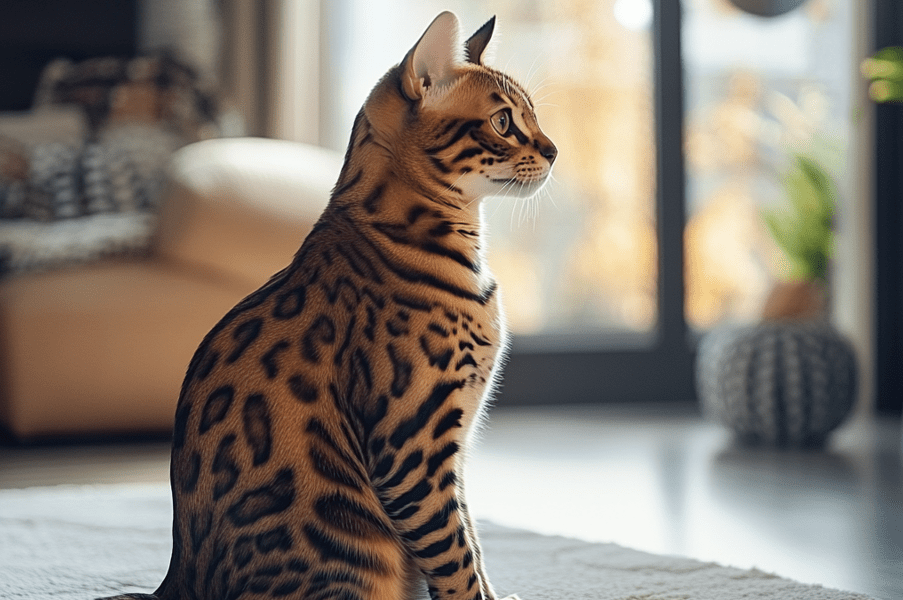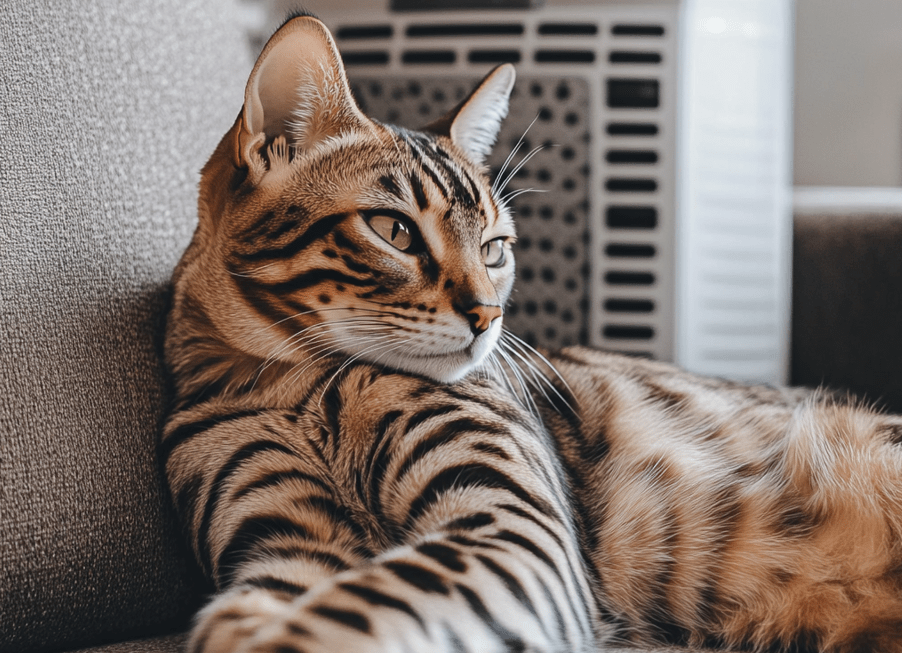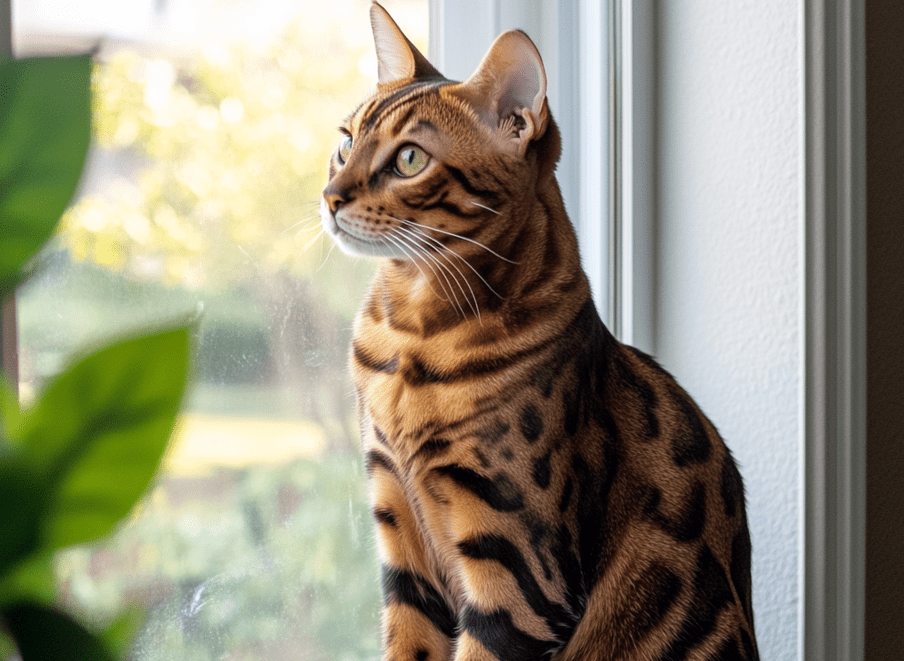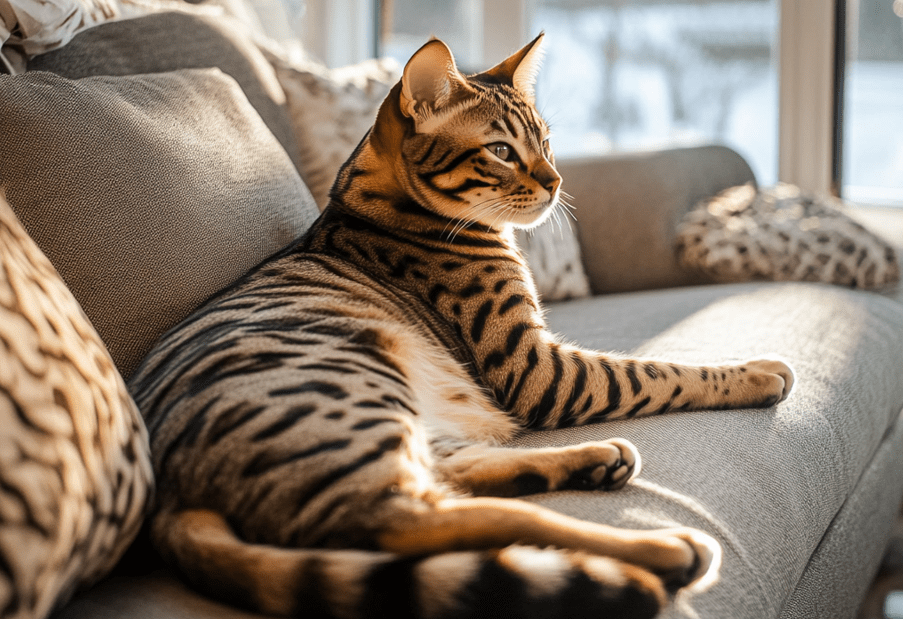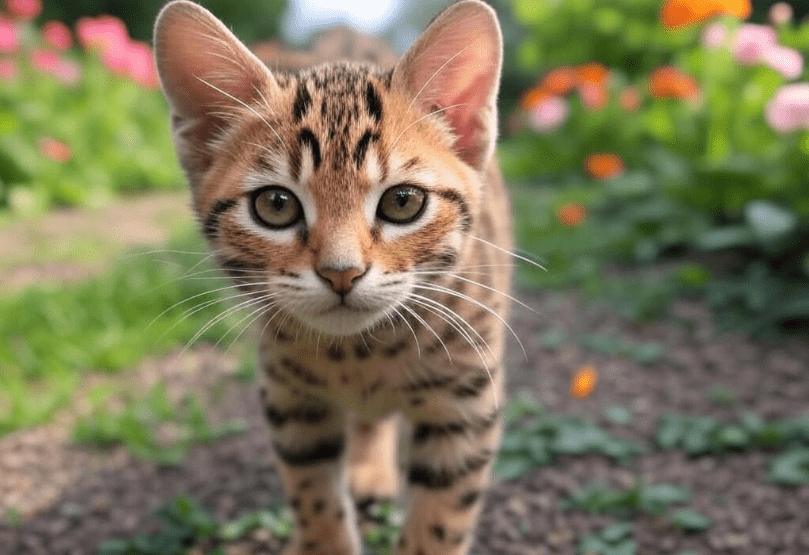
Bengal cats are known for their striking appearance and energetic personalities, but their high energy and unique traits can make it challenging to socialize a Bengal cat with other pets. Proper socialization is crucial to ensure a harmonious household where your Bengal cat coexists peacefully with dogs, other cats, or smaller animals. This comprehensive guide will walk you through the steps to successfully introduce and socialize your Bengal cat, offering practical tips, expert insights, and strategies to foster positive relationships between your Bengal and other pets.
Understanding the Bengal Cat’s Nature
Before diving into the socialization process, it’s essential to understand the Bengal cat’s personality and instincts. Bengals are a hybrid breed, descended from the Asian leopard cat, which gives them a wild, playful, and highly active demeanor. These traits influence how they interact with other animals:
High Energy Levels: Bengals are curious and require ample stimulation. Without proper outlets, they may become territorial or aggressive.
Territorial Instincts: Like most cats, Bengals can be protective of their space, especially when new animals are introduced.
Social Curiosity: Despite their independent streak, Bengals are often sociable and can form strong bonds with other pets if introduced correctly.
Understanding these characteristics is the foundation for creating a socialization plan tailored to your Bengal’s needs. By addressing their instincts and energy, you can pave the way for successful interactions with other pets.
Why Socialization Matters for Bengal Cats
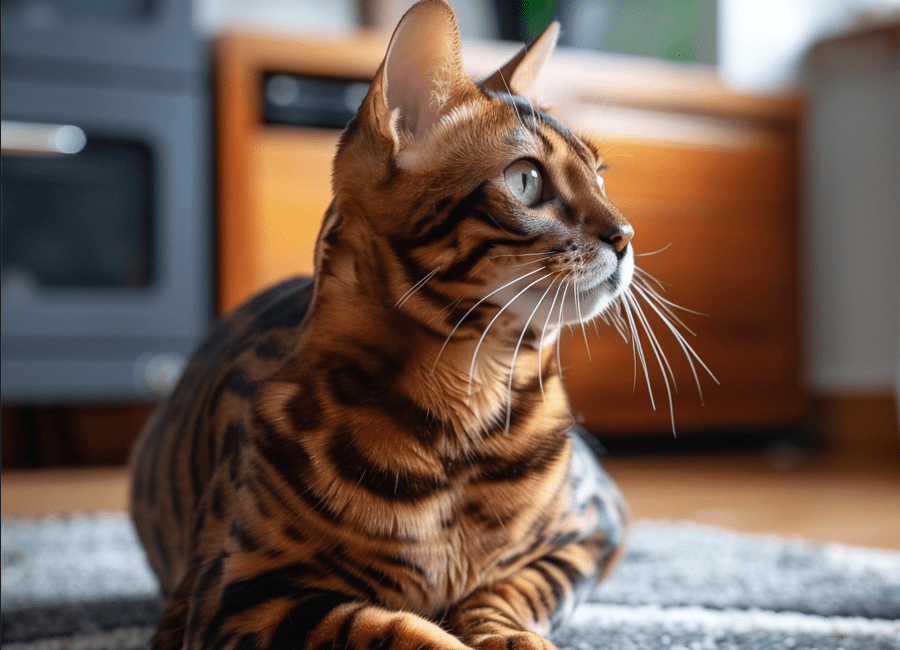
Socializing a Bengal cat with other pets isn’t just about preventing conflicts—it’s about enriching their lives and creating a cohesive multi-pet household. Proper socialization offers several benefits:
Reduced Stress: A well-socialized Bengal is less likely to feel threatened or anxious around other animals.
Improved Behavior: Socialization curbs undesirable behaviors like aggression, excessive vocalization, or marking.
Stronger Bonds: Positive interactions lead to companionship between your Bengal and other pets, enhancing their quality of life.
Whether you’re introducing a Bengal kitten or an adult cat to a home with dogs, other cats, or smaller animals like rabbits, a structured approach to socialization is key.
Step-by-Step Guide to Socializing a Bengal Cat
Step 1: Prepare Your Home for Introductions
Creating a safe and controlled environment is the first step to socialize a Bengal cat with other pets. Preparation sets the stage for calm and positive interactions.
Designate Safe Spaces: Set up separate areas for your Bengal and other pets. For your Bengal, include a quiet room with their litter box, food, water, and toys. This gives them a retreat where they feel secure.
Scent Swapping: Before physical introductions, exchange bedding or toys between your Bengal and other pets. This helps them become familiar with each other’s scents, reducing the shock of meeting face-to-face.
Secure the Environment: Remove potential stressors like loud noises or clutter. Ensure there are no small spaces where pets could feel trapped during initial meetings.
By preparing your home, you create a foundation for gradual and stress-free introductions.
Step 2: Gradual Introductions Through Controlled Exposure
Rushing introductions can lead to fear or aggression, so take a slow and steady approach to socialize your Bengal cat.
Visual Introductions: Use a baby gate or a cracked door to allow your Bengal and other pets to see each other without direct contact. Observe their body language—hissing or raised fur indicates they need more time.
Supervised Meetings: Once they’re comfortable with visual exposure, allow short, supervised interactions in a neutral space. Keep sessions brief (5-10 minutes) to prevent overwhelm.
Positive Reinforcement: Reward calm behavior with treats, praise, or playtime. This associates the presence of other pets with positive experiences.
Patience is critical during this phase. Depending on your Bengal’s temperament and the other pets’ personalities, this step could take days or weeks.
Step 3: Managing Interactions with Different Types of Pets
The approach to socializing a Bengal cat varies depending on the type of pet they’re meeting. Here’s how to handle introductions with different animals:
Socializing with Dogs
Bengals and dogs can become great companions, but their high energy levels require careful management.
Choose the Right Dog: Dogs with calm, cat-friendly temperaments are ideal. Avoid dogs with strong prey drives, as Bengals’ quick movements may trigger chasing.
Leash Control: Keep the dog on a leash during initial meetings to prevent sudden lunges. Allow the Bengal to approach at their own pace.
Monitor Play: Bengals and dogs often enjoy playful chasing, but ensure it doesn’t escalate into aggression. Intervene if the dog becomes too rough or the Bengal shows signs of distress.
Socializing with Other Cats
Introducing a Bengal to another cat requires addressing territorial instincts.
Neutral Territory: Conduct introductions in a space neither cat considers their own to reduce territorial disputes.
Equal Attention: Avoid favoring one cat over the other. Provide equal playtime, treats, and affection to prevent jealousy.
Watch for Dominance: Bengals may try to assert dominance. If one cat becomes overly aggressive, separate them and slow the process.
Socializing with Small Animals (Rabbits, Guinea Pigs, etc.)
Bengals’ predatory instincts can make socializing with small animals challenging but not impossible.
Secure Enclosures: Ensure small animals are in secure cages or enclosures that the Bengal cannot access.
Supervised Exposure: Allow the Bengal to observe the small animal from a distance. Reward calm behavior and redirect any signs of hunting instincts (e.g., crouching or intense staring).
Long-Term Caution: Even with successful socialization, never leave a Bengal unsupervised with small animals, as their instincts may resurface.
Step 4: Addressing Common Socialization Challenges
Even with careful planning, challenges may arise when tryingunofficial You can try these tips to help your Bengal cat get along with other pets:
Aggression: If your Bengal shows aggression, take a step back in the socialization process. Reintroduce scent swapping or visual exposure and proceed more slowly.
Fearful Behavior: If your Bengal seems scared, give them more time in their safe space and use calming aids like pheromone diffusers.
Persistent Conflicts: If conflicts persist, consult a veterinarian or animal behaviorist for personalized advice.
Step 5: Building Long-Term Harmony
Once initial introductions are successful, focus on maintaining a peaceful multi-pet household.
Routine and Structure: Establish consistent feeding, play, and rest schedules to reduce competition and stress.
Enrichment for Bengals: Provide plenty of mental and physical stimulation for your Bengal, such as puzzle feeders, climbing trees, or interactive toys. A stimulated Bengal is less likely to bother other pets.
Monitor Dynamics: Keep an eye on interactions over time, as changes like new pets or household stress can disrupt harmony.
Expert Tips for Socializing Bengal Cats

To elevate your socialization efforts, consider these expert-recommended strategies:
Start Young: Bengal kittens are more adaptable than adults. If possible, begin socialization early to shape their behavior.
Spay/Neuter: Unaltered cats are more territorial. Spaying or neutering reduces aggression and improves sociability.
Training Basics: Teach your Bengal basic commands like “come” or “stay” using positive reinforcement. This gives you better control during introductions.
Health Check: Ensure all pets are healthy before introductions. Undiagnosed pain or illness can cause irritability and hinder socialization.
Common Mistakes to Avoid
Avoid these pitfalls to ensure a smoother socialization process:
Forcing Interactions: Never force pets to interact. This can lead to fear or aggression that’s hard to reverse.
Ignoring Body Language: Pay attention to signs of stress, like flattened ears or growling, and intervene promptly.
Unequal Treatment: Favoring one pet over another can create jealousy and tension.
The Role of Environment in Socialization
Your home environment plays a significant role in socialization success. Optimize your space with these tips:
Vertical Space: Bengals love to climb. Install cat shelves or trees to give them high perches, reducing competition for ground space.
Multiple Resources: Provide separate litter boxes, food bowls, and water stations to prevent resource guarding.
Calming Aids: Use pheromone sprays or diffusers to create a relaxed atmosphere during introductions.
When to Seek Professional Help
If socialization efforts stall or conflicts escalate, don’t hesitate to seek expert guidance. A certified animal behaviorist or veterinarian can assess your pets’ dynamics and offer tailored solutions. They may recommend behavior modification techniques, medication for anxiety, or specific training protocols.
Conclusion

Socializing a Bengal cat with other pets is a rewarding but complex process that requires patience, preparation, and a deep understanding of your Bengal’s unique traits. By following a structured approach—preparing your home, introducing pets gradually, addressing challenges, and maintaining harmony—you can create a peaceful multi-pet household. With time and effort, your Bengal can form lasting bonds with dogs, other cats, or even small animals, enriching their life and yours.
For additional resources, consider joining Bengal cat forums, consulting with a veterinarian, or reading books on feline behavior. Your dedication to socialization will pay off in a happy, cohesive home where all your pets thrive.

